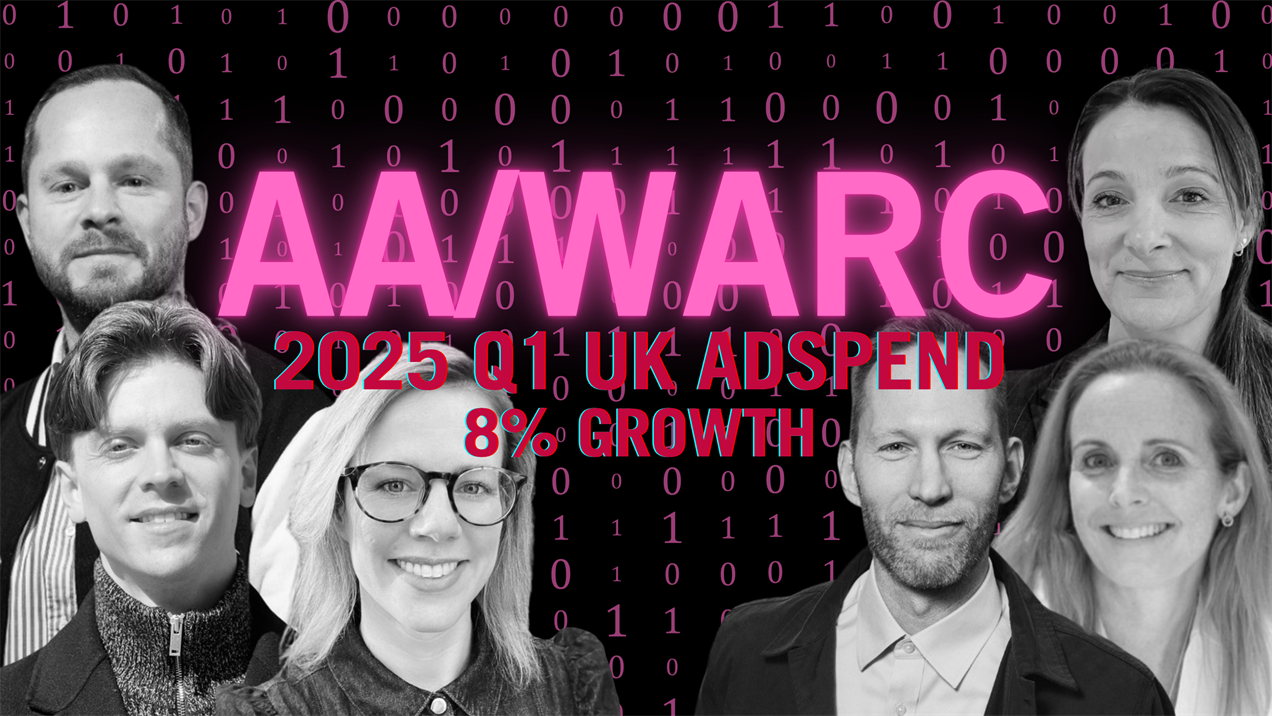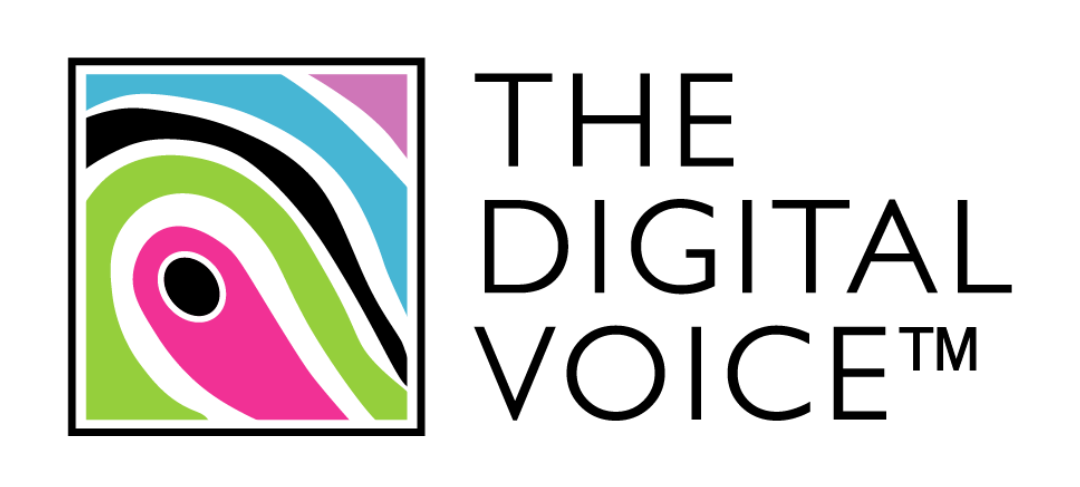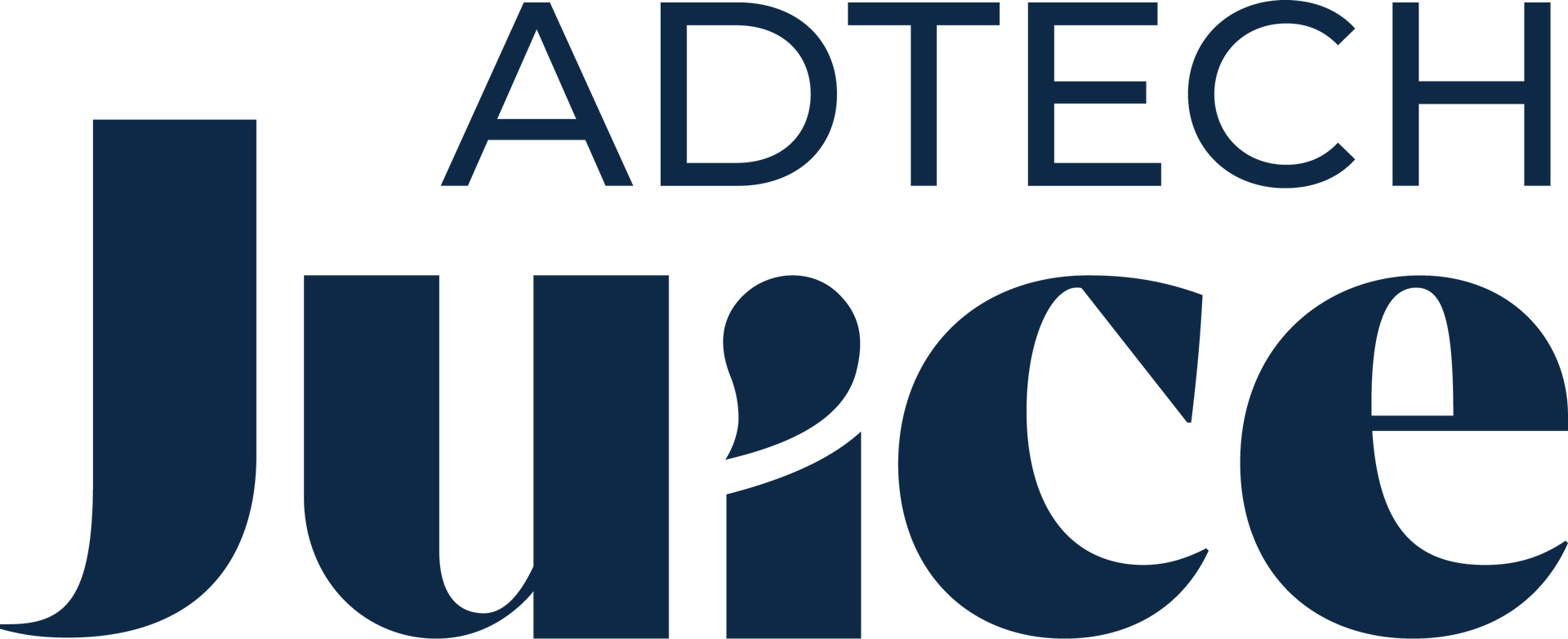‘Reacting fast isn't the whole story’: UK ad industry on the latest AA/WARC report

The opening quarter of 2025 saw UK adspend increase 8% year-on-year (YoY) to a total of £10.6bn, according to the latest Advertising Association (AA) and WARC Expenditure report.
Narrowly ahead of previous forecasts, performance strategies such as search and online display supported budget expansions.
Notably, the findings were in opposition to the IPA Bellwether for Q1 2025, which recorded a 4.8% retraction in spend. However, both reports were aligned in determining that short-term strategies are the primary area of investment among advertisers.
PMW spoke to a panel of experts for their takes on these latest AA/WARC figures.
‘UK adults are spending more time on mobile than watching TV’
Sarah Flannery, VP Media Strategy at Jellyfish, said:
“The latest AA/WARC report reflects a media landscape adapting to shifting consumer attention and economic pressure. For the first time, UK adults are spending more time on mobile than watching TV, a milestone that explains the continued growth in digital spend.
“Brands are rightly following attentive eyeballs (and ears), with video planning increasingly guided by attention metrics, which may also explain cinema’s uplift alongside a strong run of releases.
“Digital’s agility continues to prove invaluable in uncertain times. Formats like BVOD and online audio offer a flexible, data-rich alternative to linear channels, enabling brands to optimise in real time. Meanwhile, rising investment in search mirrors a more sobering reality: rising media costs, fragmented journeys, and the pressure on paid media to drive direct sales.
“AI-powered ad products such as Pencil Pro are now delivering results at scale, particularly across social, enabling brands to save on production costs and reinvest budgets into digital-led growth, as the demand for high volumes of creative assets continues to rise.”
‘Brands are hesitant, but they’re not static’
David Mandeno, COO and Co-founder at Revving, said:
“The latest AA/WARC figures show that brands are hesitant, but they’re not static. What looks like caution is actually a tactical redistribution; shifting spend into channels that offer real-time return and tighter control.
The challenge is that media agility isn’t mirrored in financial infrastructure. You can’t reallocate tactically if your capital is locked in 90 plus day cycles. Until funding moves at the same speed as the plan, the strategy can only go so far.”
‘Global economic uncertainty is almost the new normal’
Sara Vincent, UK Managing Director at Utiq, said:
“It’s encouraging to see that UK adspend continues to grow, and is expected to hit over £45bn this year; this is promising for the industry as a whole.
“The increase in display spending is good to see; it reflects confidence in this medium and therefore it is incumbent on us to ensure that we focus not only on the agility that digital advertising can provide, but also on the efficiency which will make media more performant.
“It’s disappointing, however, to see the declines in spend across more traditional media, with national newsbrands down 8.2%; magazine brands down 11.1%; and regional newsbrands down 6.8%.
“These outlets house valuable content read by engaged, valuable readers. We should be asking ourselves: how can we support and embrace innovation that drives the outcomes the industry needs across all favoured channels, including traditional media?
“Global economic uncertainty is almost the new normal, and it feels like advertisers are now accustomed to this, planning spend for the here and now, but being ready to adapt as global markets change.”
Also published in: Performance Marketing World



